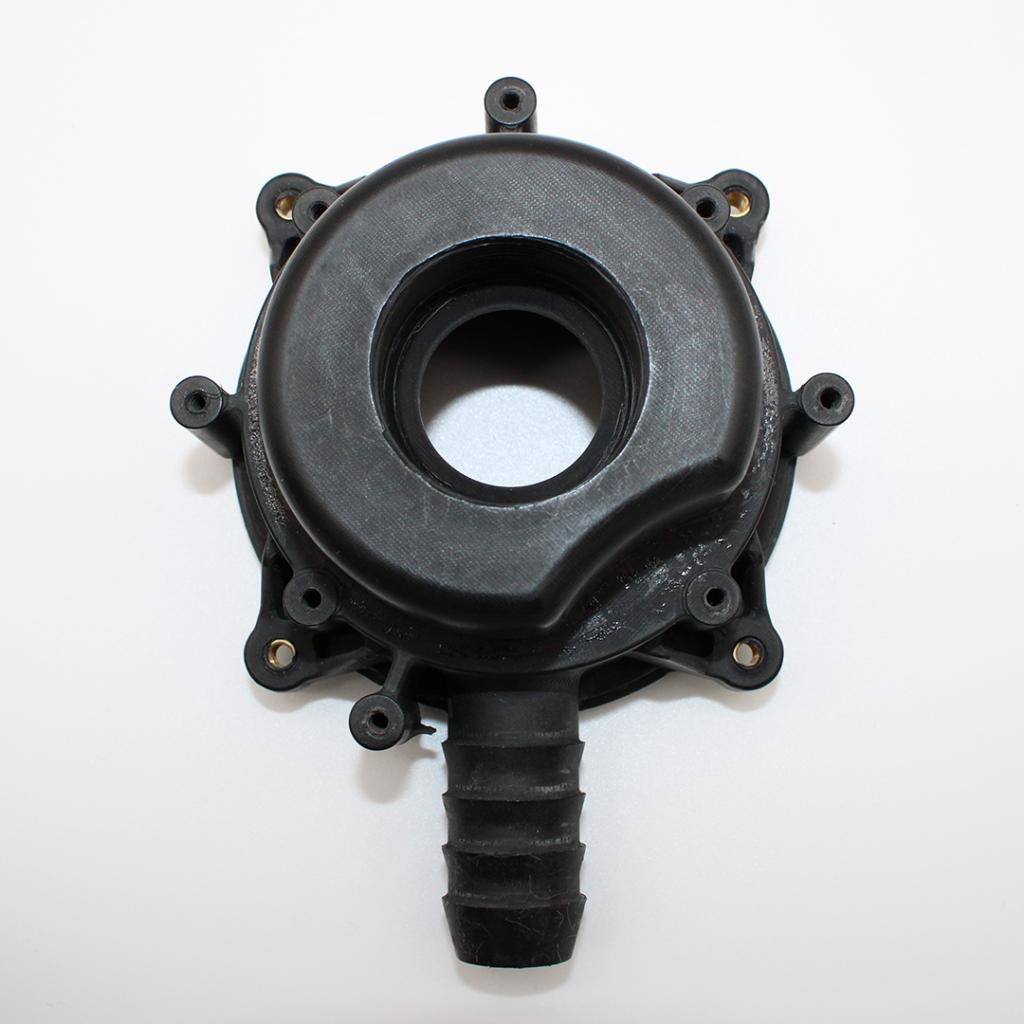
What is Plastic Injection Molding?
Plastic injection molding is a highly efficient manufacturing process used to produce plastic parts by injecting molten plastic material into a precisely engineered mold cavity. Once the material cools and solidifies, the mold opens, and the finished part is ejected. This process is repeated in quick cycles, making it ideal for creating high volumes of identical parts.
Why is Injection Molding Ideal?
- Cost-Effective for Mass Production: After the mold is created, production costs decrease significantly, allowing for affordable, high-volume manufacturing.
- Exceptional Accuracy: The same mold ensures every part maintains precise dimensions and consistent quality.
- Material Versatility: Supports a wide range of thermoplastics, resins, and finishes to meet diverse industry requirements.
- Scalable Production: Suitable for everything from prototypes to millions of production parts.
At NetProto, we combine precision engineering and advanced injection molding technology to deliver exceptional results for industries such as automotive, medical, electronics, and consumer products.





How Does Plastic Injection Molding Work?
Plastic injection molding is a streamlined process designed to produce high-quality, repeatable parts with precision and efficiency. At NetProto, we combine cutting-edge technology, expert consultation, and optimized processes to ensure every part meets your exact specifications.

